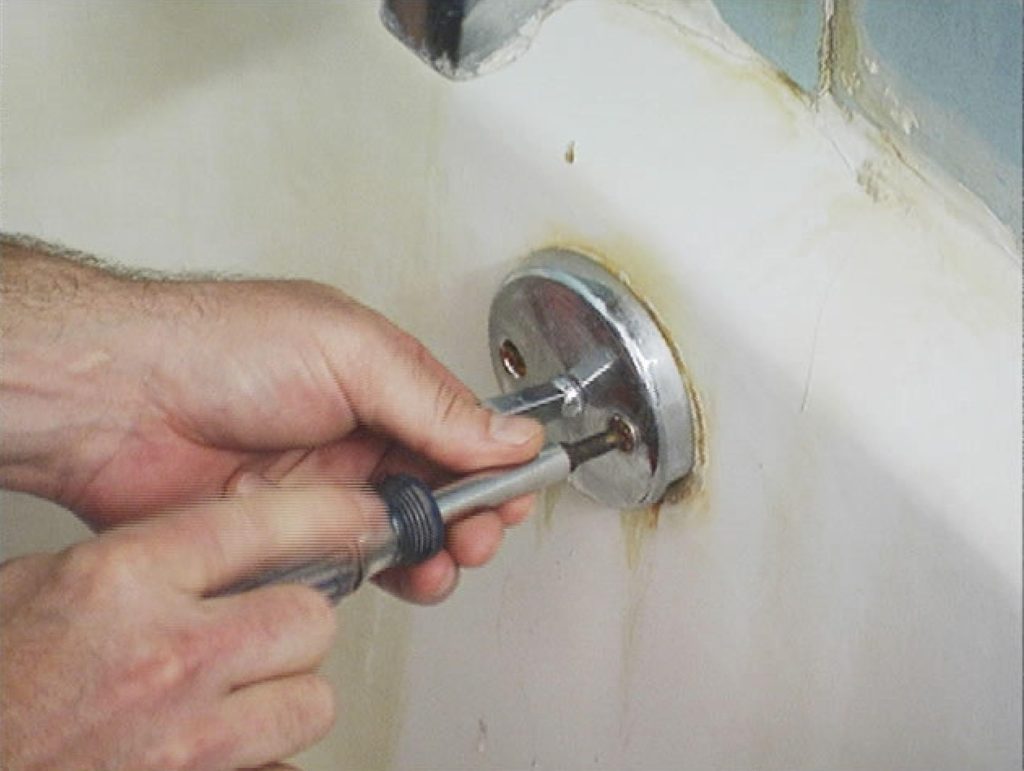How to Unclog a Bathtub Drain

Bathtub drains are one of the most common drains in the household that get clogs. Homes with young kids also experience a lot of clogs and blocks in their bathtubs due to the toys and other foreign materials that children usually bring along when bathing. Slow draining or bathtub drains that are not completely draining can cause major headaches, but can be fixed on your own. As a homeowner, you should be able to fix simple clogs in your bathtub drain when needed to be able to avoid delays and other issues in your home.
Pouring Boiling Water to the Drain
Shampoo and soap residue are the most common cause of buildup and clogs in the bathtub drain. You can use hot boiling water to attempt to dissolve and remove soap buildup in your bathroom drains. However, this tip is only advisable for residue buildup.
If you fail to remove the block, you might want to try out a different method or better yet call local plumbers Sydney for blocked drains to attend to your problem. If hair and other foreign materials have blocked your bathtub drain, you may have to use a different DIY method to resolve the issue.
Removing Clog with a Plunger
A plunger is one of the most common tools that is used to attempt to remove clogs in drains. You will have to add some water to the bathtub before proceeding to pump your plunger vigorously on top of your bathtub drain. You can also add a small amount of petroleum jelly to the rim of your plunger to create better adhesion with the bathtub surface.
Pump the plunger in regular intervals to be able to create momentum. Apply as much force as necessary. Blockages usually flow down the drain if successfully moved through this process.
Baking Soda and Vinegar Solution
A mixture of baking soda and vinegar is one of the most common DIY solutions that is used to attempt to unclog a drain. You can also use this on your bathtub drains. Clear your bathtub from any water before pouring the mixture to the drain. Begin with pouring pure baking soda down the drain. Leave the powder to be absorbed by the pipes for at least 15 minutes.
Afterwards, you may now pour the vinegar to allow the mixture to do its job. Wait for another 15 or more minutes before you pour hot water to wash out the mixture from your drain. The solution is ideal for dissolving larger soap and shampoo build-up in your drain. it is not advisable to use when you have foreign objects inside your bathtub drain. However, your local plumber Sydney would suggest checking the materials of your pipes before pouring anything in the drain that may potentially damage your pipes in the long run.
Using a Plumber’s Snake
If you think that a solid object is blocking your drain, it would be best to use a plumber’s snake. A plumber’s snake is a common clog-removing device that can be used to remove foreign and solid objects from your drain. A snake tool is pushed down the drain to attempt to remove the block that is clogging your drain. It features a handle that can be turned to be able to pick up hair or other foreign objects inside the drain or to push residues that have settled on the walls of your pipes.
After successfully removing the blocks, you can pour water down the drain and see if it will completely flush out. Repeat the process if you can still extract foreign objects from the drain with your snake tool.
Clogged bathtub drains are preventable, with regular cleaning and maintenance with your local plumber. However, you can opt to resolve it on your own, through these DIY methods to save money and to immediately resolve the issue. When in doubt, or if your DIY attempts to remove your bathtub clogs fail, you can always consult a professional plumbing expert to help you resolve your plumbing problem.






